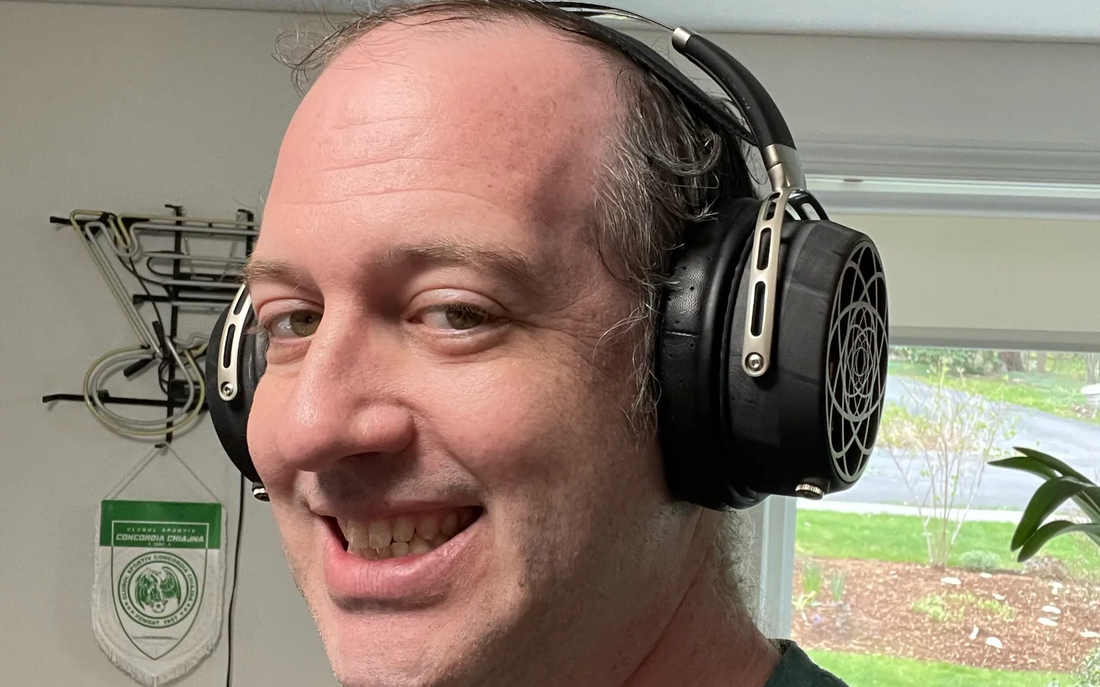
Lithium Headphones - A 3D Printing Adventure
Share
Hello all, and for those of you who have been following Lithium since our really, really way too early creation, I'm extremely excited to announce that the Lithium Alkali is finally ready for prime time.
Here's the (condensed) story of how Lithium came to be.
Almost two years ago, I started modding headphones. Nothing professional, just for fun and on my own cans. Like most modders, I got a lot of mileage out of a Fostex T50rp, mostly with Dynamat, modeling clay and some really nice ZMF pads. I was amazed at how much you could really do with headphones, and started getting a crash course in tuning. I knew what I liked - mid-centric, big soundstage, and as much macro and micro detail as I could get - and I played around with different ways of getting closer to my own ideal sound.
At some point, I thought... damn, Dan, you spend too much money on headphones, why not take a little time and try to make your own? 3D printing looks like fun (ah, naivete). So I got a cheap 3D printer, ordered some rando drivers, and started tinkering.
Tinkering led to more tinkering. My first headphones were... well, they made sound, and they stayed on my ears. That's about the best I can say about them. But I was hooked. I wanted to make more - more headphones, with more tinkering, with more weird little experiments to see what happens when you change around the dimensions or add damping or remove damping. Tinkering became a fairly serious time sink.
About this time, I saw some posts from a Head-Fi-er by the name of John Massaria, who was doing some really interesting things with sound diffusion using fiberglass mesh. He's gone on to start his own headphone and headphone modding company, JM Audio Editions - I recommend checking his work out. I decided I wanted to see if (and how) I could incorporate the interesting work he had shared into my designs.
The first headphones I made using what would eventually become my own geometric damping system were crude, but I could see just how much the damping added to the sound quality - and freshly armed with a bunch more experience in CAD and 3D printing, along with a couple of resin printers, I started experimenting with all the different types of dampers I could imagine, to see what I could do with the sound.
And that's kind of been my past year. I've tested different densities of damper, different baseline shapes (curved vs. angular, number of corners if angular, etc.), different distances between the driver and the ear, different drivers, passive radiators - anything I could think of. I've done a couple of listening tours (for those of you who signed up for the listening tours but never got sent a pair, my apologies, the flaws in the sound quality at the time were really quickly discovered and confirmed, so back to the drawing board I went).
Now, I have a headphone design that I really, really like. I enjoy the sound. They're comfortable and lightweight - a big benefit of 3D printed bodies. They're very nicely detailed, with enough bass (shoutout to everyone who pointed out the lack of bass and muffled vocals in earlier designs), and I want to share them with the world.
The Lithium Alkali is now ready for prime time, and the first 10 pairs are currently available to purchase. I'm excited. I'm terrified. I hope people like the cans, and if you don't, I hope you give me as much feedback as you're willing so I can improve.
Lithium Headphones will constantly try to improve. I'm working on a closed-back model - I had one, but it wasn't as close to ready as the open-back Alkalis, so they've gotten less focus.
If anyone has any questions, or wants more insights, or just wants to chat about design and printing, I'm always open here, or you can find me on Head-Fi @DeweyCH.
